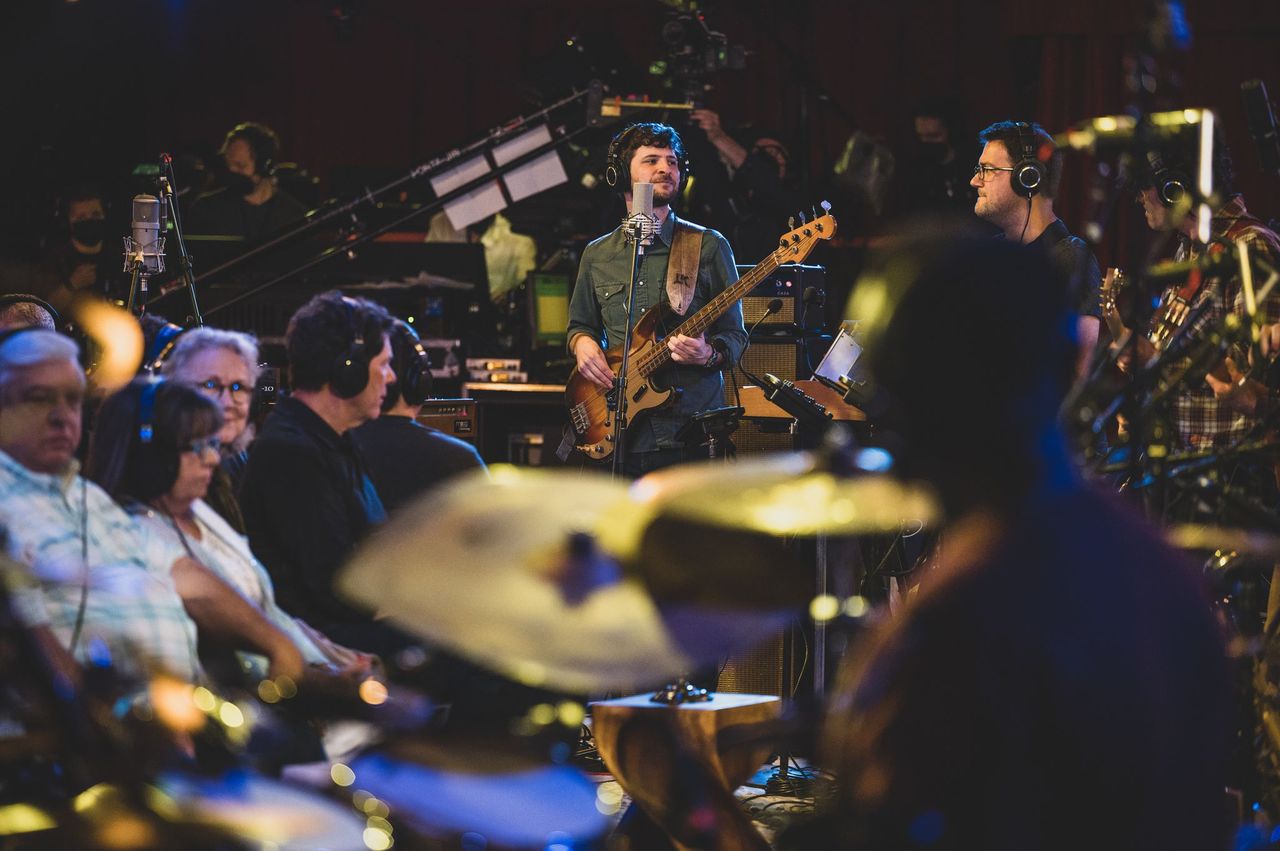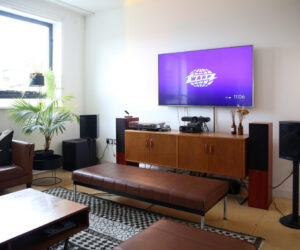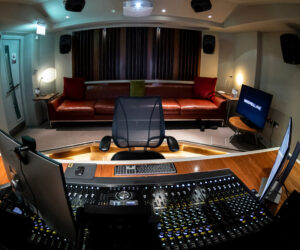The recent recording of “Empire Central,” the seventh live album for Grammy-winning instrumental ensemble Snarky Puppy, was done in a converted venue space with a small, intimate audience all listening on headphones while the band utilized a variety of audio gear from Radial.
“We first tried making a record in this format in 2009 for ‘Tell Your Friends’,” says Snarky Puppy founder/leader Michael League. “People had been telling us that they enjoyed our music much more live than they did listening to the records. So we thought that a live record made sense. But we wanted the sound quality of the performance to be stellar — I’m not a big fan of most live recordings because of the poor audio quality.”
A hurdle with this approach had to do with bleed from live mics, and external noise coming from the less-than-acoustically-ideal setting would also be an issue. With 20 band members and more 100 channels of audio to keep track of, producer Nic Hard and League knew that having control over each instrument’s input signal would be important and they decided to send direct inputs to the console via Radial DIs and line-level splitters.
“We knew that the biggest challenge recording-wise was going to be bleed,” says Hard. “And we’d need mics on the drums, but felt that everything else could run direct, using amp sims on the guitars. We used about 20 DIs for the show, including a DI for bass guitar and Mike’s Moog Model D keyboard bass synth. We used Radial HDIs for bass because we needed a high-end studio-quality sound out of the basses. And then the rest of the instrument inputs were the Pro D2s, J48s, and ProDIs.
“This was my first time getting to use the HDI outside of seeing it at NAMM and I was really impressed,” he adds. “We chose the HDI upon the recommendation from others, along with the fact it’s a studio-quality DI. And from a tonal perspective, it does a lot of cool things, including colorization of the sound.”
The Radial LX2 and LX3 line-level splitters were employed for audience headphone distribution. “There were 10 headphone boxes that all required a line input,” Hard explains. “So we had feeds coming out of outputs of the console into the LX2 and LX3 splitters. Then, we distributed the signal to the headphone boxes. It was a clean way to split things, as opposed to using a Y cable, which usually introduces impedance issues. We didn’t have any impedance issues using the LX2 and LX3.
“I use Radial gear in these situations because it’s so well built. It’s so sturdy that you don’t run into the problems that you get with cheaply built gear. Equipment like DIs can get tossed around. Radial gear is built solid, it just works, and it doesn’t break.”
League adds, “I think I’ve been using Radial DIs as long as I’ve been using DIs. For me, it’s an incredibly trustworthy brand and product and it’s why we have them in my studio here. Radial gear is super durable, it’s reliable, and that’s really one of the most important things … that you can count on the gear, and it’s built like a tank. It’s just amazing gear!”




















